In the world of tennis racquets, finding the ideal head size is crucial for optimal performance. Our step-by-step guide will help you navigate this process effortlessly. By following our instructions, you will be able to determine the perfect head size for your tennis racquet and elevate your game to the next level. Let’s get started!
Top Picks for Ace Performance!
Selecting the Right Tennis Racket Head Size | Comprehensive Racket Buying Guide
Understand Head Size Importance
Why Head Size Matters in Tennis Racquets
- Understand the Difference: Different head sizes in tennis racquets have distinct advantages. Larger head sizes, typically over 100 square inches, provide more power when hitting the ball. On the other hand, smaller head sizes, usually below 100 square inches, offer more control over the direction and placement of your shots.
- Choose According to Your Style: Assess your playing style to determine what you value more in your game. If you prefer a powerful game with baseline shots, a racquet with a larger head size might be more suitable. Conversely, if you rely on precision and placement in your shots, a racquet with a smaller head size could be a better fit.
- Test Different Sizes: To truly understand the impact of head size on your game, experiment with racquets of varying head sizes. Try hitting a variety of shots with different racquets to feel the difference in power and control. This hands-on approach will help you determine which head size aligns best with your playing style and preferences.
Remember, the choice of head size in a tennis racquet can significantly affect your performance on the court, so it’s essential to select one that suits your style of play.
Check Manufacturer's Recommendations
Consult Manufacturer’s Specifications for Recommended Head Sizes
Refer to the manufacturer’s specifications to determine the recommended head size based on your skill level and playing style. Different skill levels and playing styles require specific head sizes to optimize performance on the court. For example, beginner players may benefit from a larger head size, such as 105 square inches, as it offers a larger sweet spot, making it easier to make contact with the ball. On the other hand, advanced players who prefer more control over their shots may opt for a smaller head size, like 95 square inches, for enhanced precision and maneuverability. By consulting the manufacturer’s recommendations, you can select the ideal head size that aligns with your individual needs and preferences.
Consider Player Skill Level
Consider Player Skill Level
Novice players:
- Opt for rackets with larger head sizes.
- These provide forgiveness and are more forgiving of off-center hits.
- Larger head sizes can help novice players generate more power and consistency in their shots.
Advanced players:
- Choose rackets with smaller head sizes.
- These offer more precision and control over shot placement.
- Smaller head sizes allow advanced players to execute more intricate shots with greater accuracy.
Test Different Head Sizes
- Test Different Head Sizes
When choosing a tennis racquet, it’s crucial to find the right head size that suits your game. Here’s how you can test different head sizes to determine which feels most comfortable and effective for you:- Select a Range of Racquets: Start by gathering racquets with varying head sizes. Typically, racquet head sizes range from small (less than 95 square inches) to midsize (95-105 square inches) to oversized (greater than 105 square inches).
- Hit Some Balls: Take each racquet out on the court and hit some balls with them. Pay attention to how each racquet feels when making contact with the ball. Notice the power, control, and comfort level you experience with each head size.
- Evaluate Performance: Assess how each racquet performs based on your playing style. Do you prefer more power or control? Are you comfortable with the feel of the racquet on different shots?
- Make a Decision: Based on your testing, select the head size that feels most comfortable and effective for your game. Remember that the right head size can enhance your performance and enjoyment on the court.
Seek Professional Advice
- Visit your nearest tennis pro shop or schedule a consultation with a certified coach.
- Discuss your playing style, level of experience, and any specific preferences you may have.
- Ask for personalized recommendations on the ideal head size based on the information provided.
- Test out different racquets with recommended head sizes to find the one that feels most comfortable and suits your game the best.
- Consider factors like power, control, and maneuverability to make an informed decision.
- Remember to ask any questions you may have and take your time to choose the right racquet for you.
Finalize Your Choice
Select the Right Head Size for Your Tennis Racquet
- Analyze Your Playing Style: Evaluate whether you prioritize power or control in your game. Players seeking power should opt for a larger head size, while those emphasizing control may prefer a smaller head size.
- Consider Your Skill Level: Beginners and intermediate players typically benefit from a larger head size, as it offers a larger sweet spot and more forgiveness on off-center hits. Advanced players might prefer the precision and maneuverability provided by a smaller head size.
- Test Different Sizes: Visit a local sports store or tennis pro shop to demo racquets with various head sizes. Take note of how each size feels during play, paying attention to power, control, and comfort levels.
- Consult with Experts: Seek advice from tennis coaches or experienced players to get their input on which head size would best match your playing style and skill level.
By following these steps and gathering feedback from experts, you will be able to confidently select a tennis racquet with the ideal head size for your game.
Finding the Perfect Fit
In conclusion, by following the steps outlined in our guide, you can confidently determine the ideal head size for your tennis racquet. This will not only lead to improved performance but also enhance your overall enjoyment on the court. Mastering the perfect head size is key to elevating your game, so go ahead and find the ideal fit for your playing style!
Choosing the Perfect Fit
Choosing the Right Tennis Racquet for Your Game
- Make sure to choose the right grip size for your hand to ensure comfort and control while playing
- Learn the proper technique for holding the racquet, positioning your body, and swinging to hit the ball effectively
- Practice hitting the ball against a wall or with a partner to improve your hand-eye coordination and timing
- Remember to always keep your eye on the ball and stay relaxed while playing to avoid tensing up and hindering your performance
- Lastly, don’t forget to regularly check and maintain your racquet by restringing it and replacing the grip when needed to ensure optimal performance
Your Tennis Racquet Questions Answered!
How does the material of a tennis racquet affect its playability?
The material of a tennis racquet significantly influences its playability. Different materials, such as graphite, aluminum, or titanium, can impact the racquet’s weight, stiffness, power, control, and feel. For example, graphite racquets are popular for their lightweight, flexibility, and power, while aluminum racquets tend to be heavier and offer more control. Titanium racquets are known for their durability and shock absorption. Therefore, it’s essential to consider the material of a tennis racquet when choosing one that best suits your playing style and preferences.
Can you explain the difference between a stiff and flexible tennis racquet?
Of course! When it comes to tennis racquets, the main difference between a stiff and flexible racquet lies in their construction and impact on player performance.
A stiff tennis racquet typically provides less flexibility upon contact with the ball, resulting in more power and control. This rigidity can offer better stability and precision for players with a faster swing speed or who prefer a more aggressive playing style.
On the other hand, a flexible tennis racquet offers more give upon impact, which can help absorb some of the shock and provide a softer feel. This can be beneficial for players looking for added comfort, especially those prone to arm injuries or seeking more forgiveness on off-center hits.
Ultimately, the choice between a stiff and flexible tennis racquet often comes down to personal preference, playing style, and individual needs. It’s essential to try out different racquets to see which feels best for your game.
What is the significance of the racquet weight in tennis?
The racquet weight in tennis is significant because it affects various aspects of your game. A heavier racquet can provide more power and stability, making it easier to generate pace on your shots. On the other hand, a lighter racquet allows for more maneuverability and control. It’s essential to find the right balance that suits your playing style and preferences. So, when choosing a racquet, consider how its weight will impact your performance on the court.
What are some common tennis racquet brands known for their quality?
Some common tennis racquet brands known for their quality include Wilson, Babolat, Head, Yonex, and Prince. These brands are popular among tennis players of all levels for their innovation, durability, and performance on the court. Each brand offers a range of racquets suited for different playing styles and preferences.
How does the string pattern of a tennis racquet impact gameplay?
The string pattern of a tennis racquet can have a significant impact on gameplay. A denser string pattern, with more strings packed closely together, can provide more control and precision for shots. On the other hand, a more open string pattern, with larger spaces between strings, can offer more power and spin potential. Players often choose a string pattern based on their playing style and preferences. So, it’s essential to consider the string pattern when selecting a tennis racquet to optimize your performance on the court.
What factors should one consider when choosing a grip size for a tennis racquet?
When choosing a grip size for a tennis racquet, there are several factors to consider to ensure a proper fit and comfortable feel. These factors include the player’s hand size, playing style, and personal preference.
Hand size is a key consideration as a grip that is too small or too large can lead to discomfort and affect performance. Players with smaller hands may prefer a smaller grip size for better control, while those with larger hands might opt for a larger grip for added comfort.
Playing style also plays a role in grip size selection. Players who rely on powerful groundstrokes may benefit from a larger grip size to help absorb impact and reduce the risk of injury. On the other hand, players who prefer precision shots and finesse may prefer a smaller grip size for increased maneuverability.
Ultimately, personal preference is important when choosing a grip size. It’s essential to test different sizes to see what feels most comfortable and natural for you. Many players find that the right grip size can enhance their performance and help prevent injuries.
In summary, when selecting a grip size for a tennis racquet, consider hand size, playing style, and personal preference to find the perfect fit for your game.
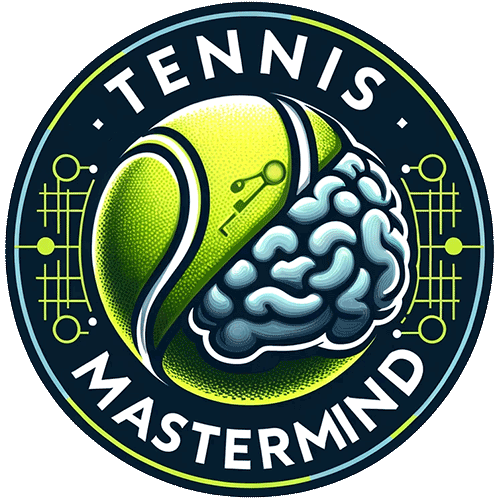
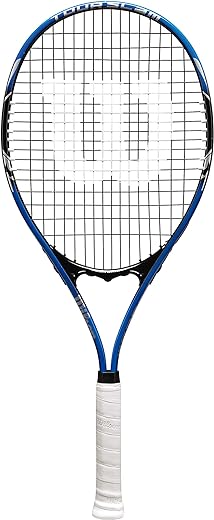






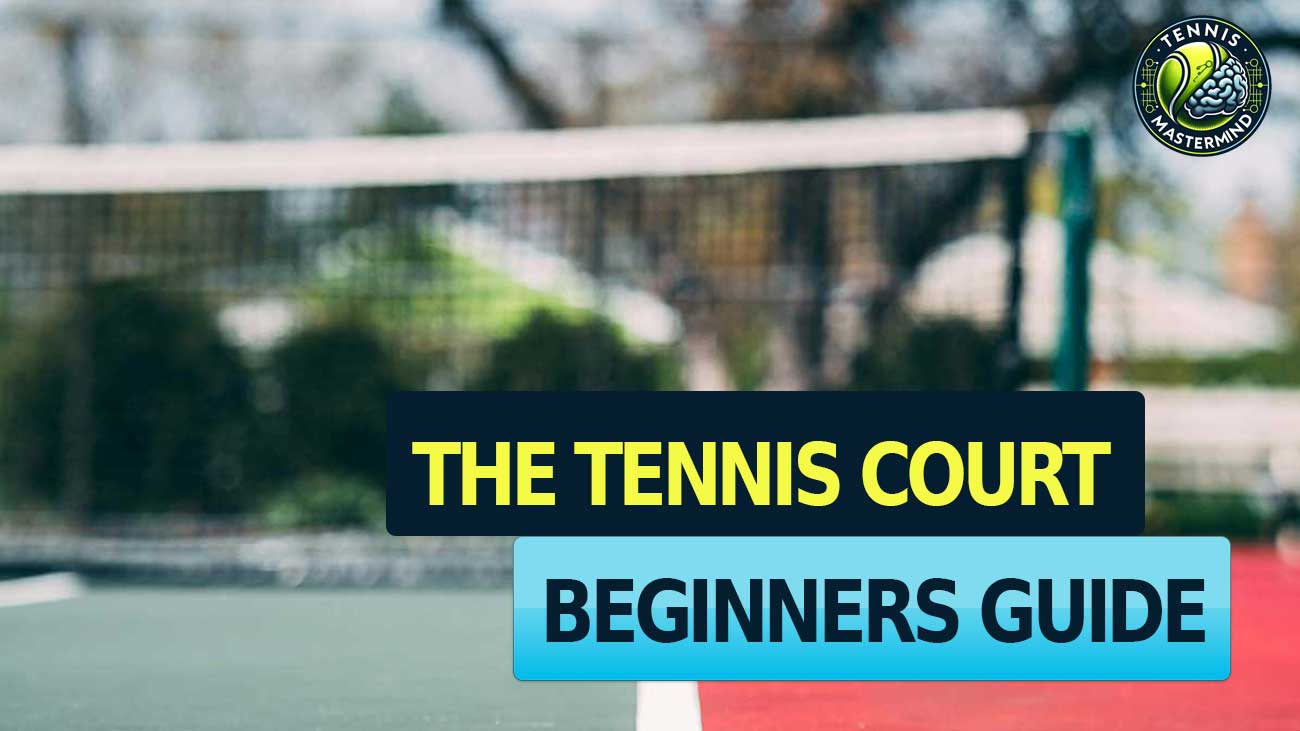
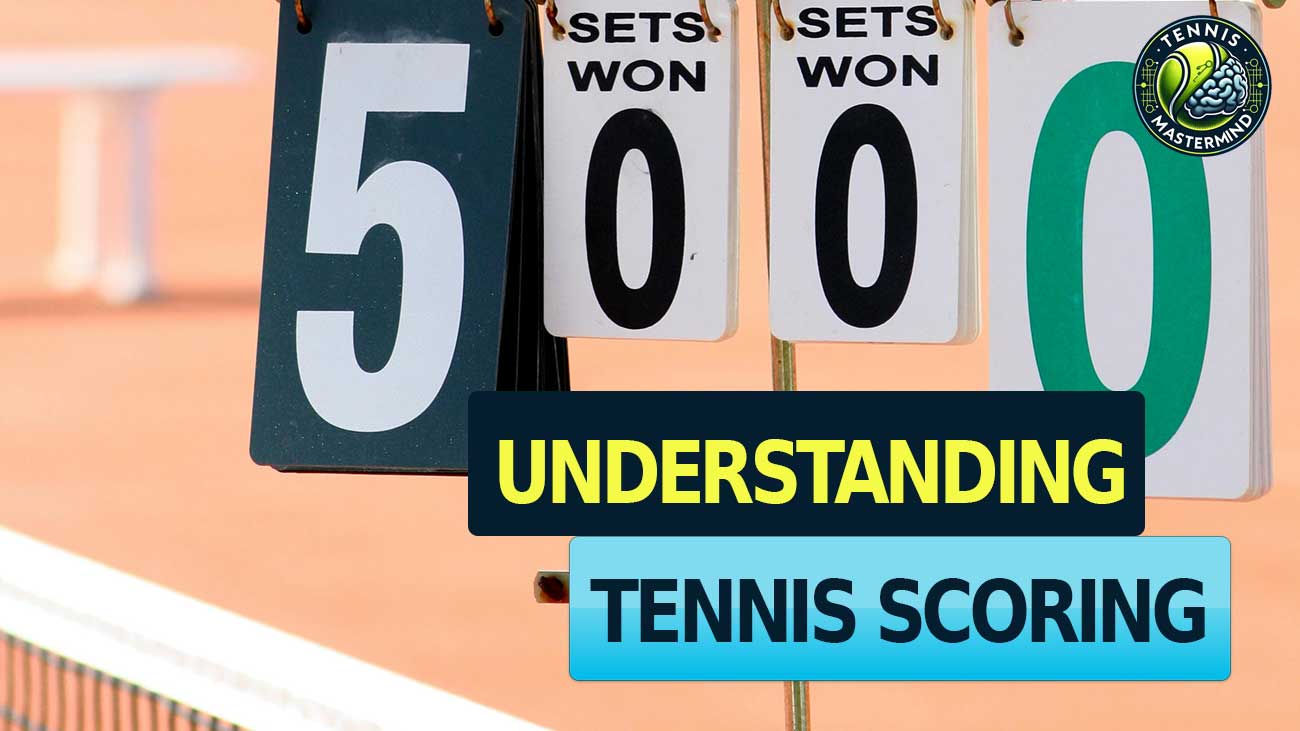
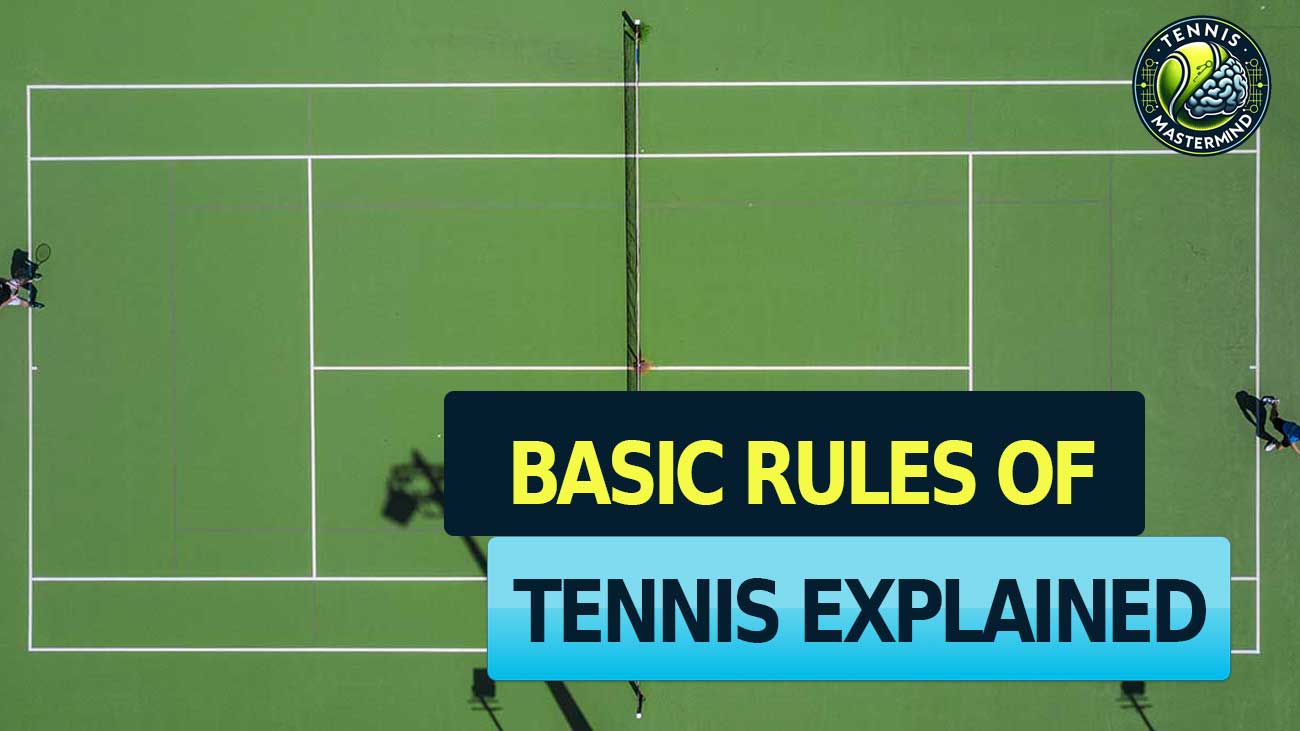
9 thoughts on “How to determine the ideal head size for a tennis racquet?”
Can you provide more information on how head size affects performance?
Thanks for breaking down such a technical topic into easy-to-understand points.
This article helped me make a better decision for my next racquet purchase.
I never realized the importance of head size until reading this.
I’ve always been confused about head size, but this article cleared things up.
Clear and concise explanation, thank you!
Great tips on choosing the right head size!
Would love to see a comparison of different head sizes in action.
The pros and cons section was really helpful in understanding head size differences.
Comments are closed.